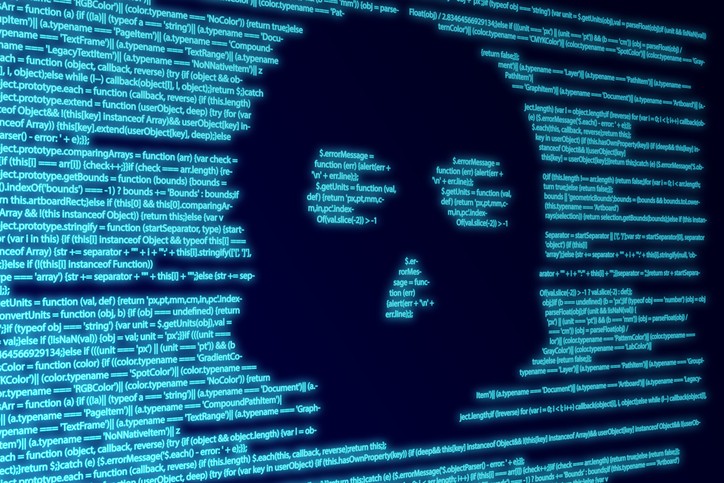
Microsoft's threat intelligence team has uncovered a sophisticated Russian disinformation operation utilizing artificial intelligence to create convincing deepfake videos of Vice President Kamala Harris. The tech giant reports that these fabricated videos aim to sow discord and manipulate public opinion ahead of the upcoming U.S. elections.
The operation, attributed to a group known as Forest Blizzard, allegedly linked to Russia's military intelligence service, employs advanced AI techniques to generate highly realistic video and audio content. These deepfakes depict Vice President Harris making inflammatory statements that she never actually made, potentially influencing voter perceptions and exacerbating political divisions.
Microsoft's researchers have identified several telltale signs of manipulation in these videos, including subtle inconsistencies in facial movements and audio synchronization. However, they caution that the quality of these deepfakes is rapidly improving, making detection increasingly challenging.
The company has alerted relevant U.S. government agencies and social media platforms to the threat. They are advocating for enhanced content verification measures and increased public awareness about the risks of AI-generated misinformation.
This revelation underscores the growing concern about the potential misuse of AI technologies in political warfare. As the 2024 U.S. presidential election approaches, cybersecurity experts warn that such sophisticated disinformation campaigns could become more prevalent, posing a significant threat to democratic processes.
Microsoft urges users to exercise critical thinking when consuming online content, especially videos featuring political figures. They recommend cross-referencing information from multiple reliable sources and being wary of sensational or divisive content, particularly as election season intensifies.
The incident highlights the ongoing challenges in combating digital disinformation and the need for continued vigilance in the face of evolving technological threats to electoral integrity.